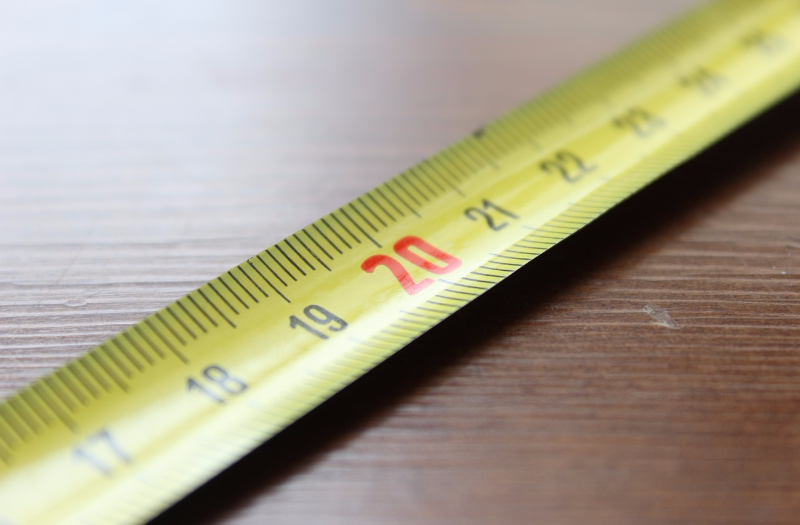Units

The International System of Units (SI)
The SI unit system is used in physics. The SI system has seven fundamental units of measure. Of the seven, three will be important to our early studies of mechanics, and the others will become relevant to later studies of electromagnetism and thermal studies. The three relevant to mechanics are the meter, the kilogram and the second. Together they are often referred to as the MKS system of measure - a subset of the SI system. The seven fundamental units are:
- The meter (m). The unit of length. It was originally one ten millionth the distance from the north pole to the equator. Today it has a more precise but admittedly arbitrary looking definition: The length of the path traveled by light in vacuum during a time interval of 1 ⁄ 299,792,458 of a second. But that fraction is really just the speed of light inverted. What I mean is that light speed is 299,792,458m/s. So we measure distance using the speed of light as a reference. In a fundamental sense this is actually a very good idea, but that's a conversation for another class.
- The kilogram (kg). The unit of mass (not weight). Originally the kilogram was the mass of one liter (1000 cm3) of water at maximum density at 4 degrees Celsius. Now we have a standard kilogram in France by which all other kilograms are to be measured. You can read about it here.
- The second (s). The unit of time. Historically it was the Sumerians and then the Babylonians who used a base-60 (sexagesimal) number system. Later the Egyptians continued the system and also subdivided the day into 24 hours. The second became 1/24 of 1/60 of 1/60 of a day. Coincidentally it is also roughly the length of a human resting pulse. Isn't it crazy that we carry on a 5000 year old sexagesimal number system in our units of angles and time today!?
- The ampere (A). The unit of electric current. Today's definition is actually more sensible than the original one: The amount of current needed to flow through two assumed infinitely long parallel wires such that they exert a force of 2x10-7 newtons per meter of length on one another when separated by a meter.
- The candella (cd). The unit of luminosity (light intensity). Historically the light given off by a typical candle, but currently more precisely it is "The luminous intensity, in a given direction, of a source that emits monochromatic radiation of frequency 540×1012 hertz and that has a radiant intensity in that direction of 1/683 watt per steradian." Many things about this will be left to future discussions.
- The kelvin (K). The unit of temperature. A temperature scale in which zero refers to absolute zero, and which has a unit size equal to the degree Celsius. More precisely today: "The... unit of thermodynamic temperature, is the fraction 1 ⁄ 273.16 of the thermodynamic temperature of the triple point of water." And they even specify the isotopic composition of the water which I will not quote here.
- The mole (mol). The number of entities relating microscopic to macroscopic. The mole is the number of unbound Carbon-12 atoms in ground state and at rest required to make a mass of 12 grams.
Metric Prefixes
Notice that only the unit of mass retains a metric prefix (kilo) as a base unit. We may certainly avoid ever using metric prefixes by instead choosing to write in terms of scientific notation, but it is common to see numbers both ways. Because of this you should be familiar with the metric prefixes. Here is a list of them:
| atto | a | 1x10-18 |
| femto | f | 1x10-15 |
| pico | p | 1x10-12 |
| nano | n | 1x10-9 |
| micro | 1x10-6 | |
| milli | m | 1x10-3 |
| kilo | k | 1x103 |
| mega | M | 1x106 |
| giga | G | 1x109 |
| terra | T | 1x1012 |
| peta | P | 1x1015 |
| exa | E | 1x1018 |